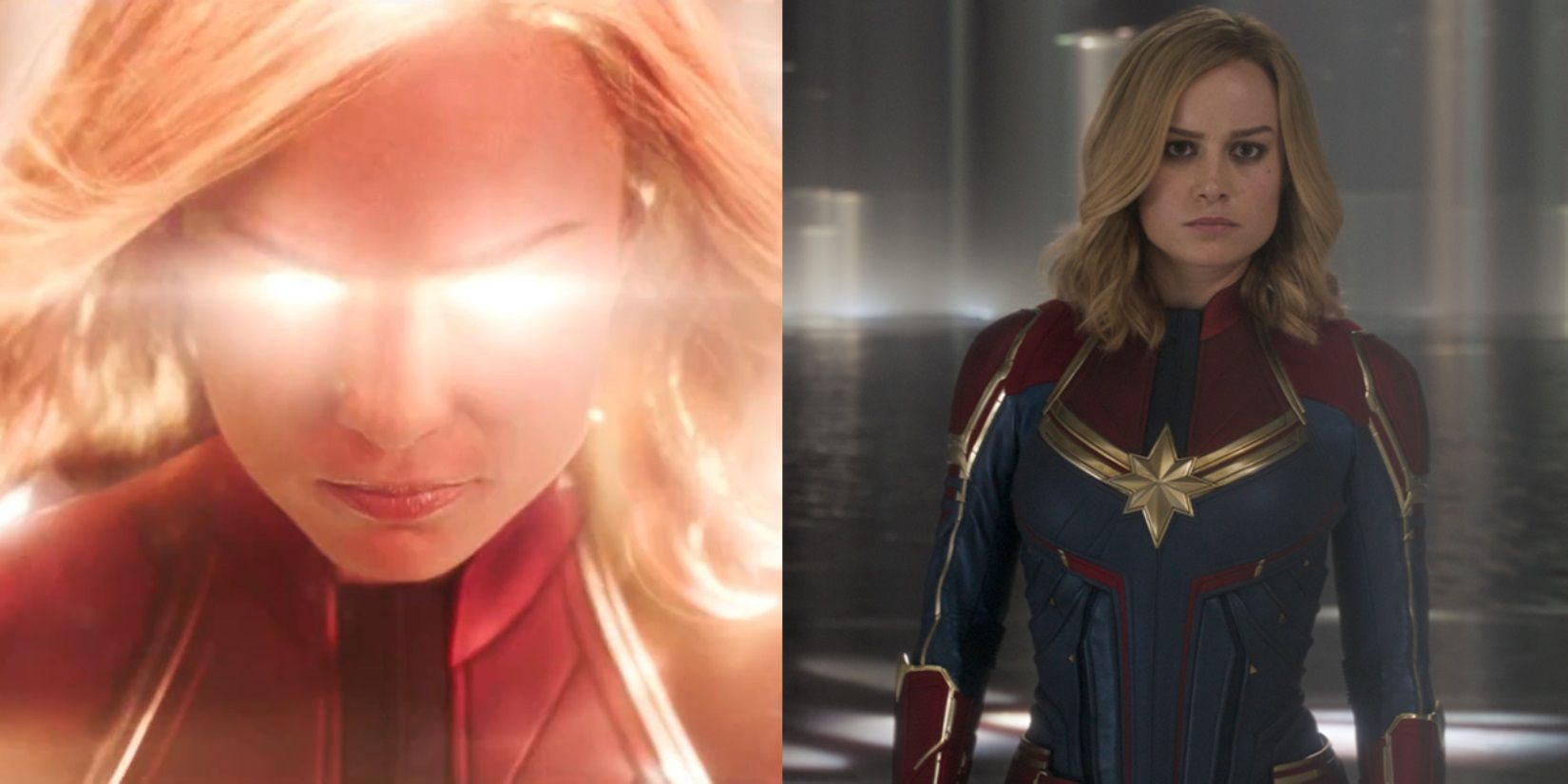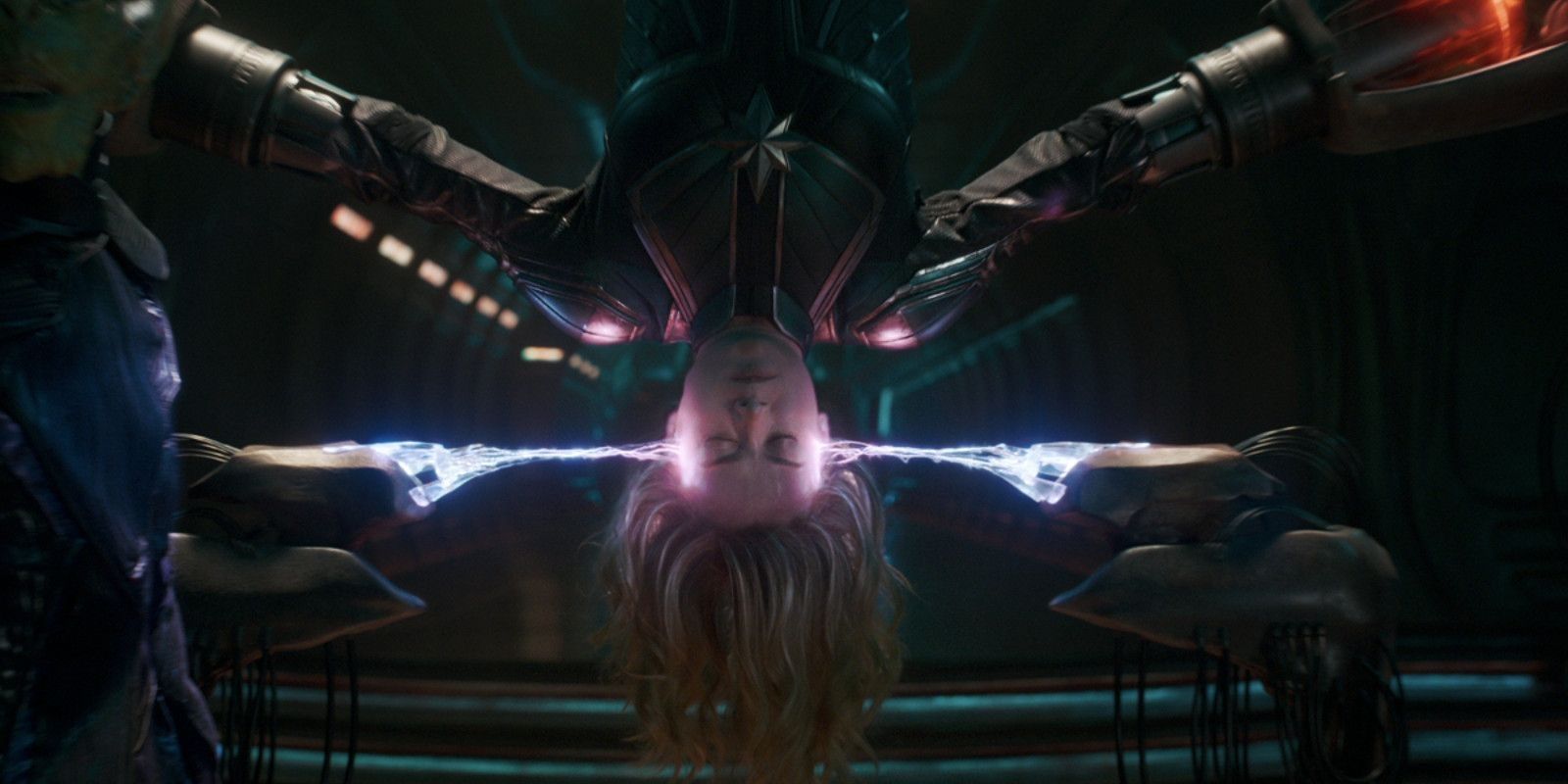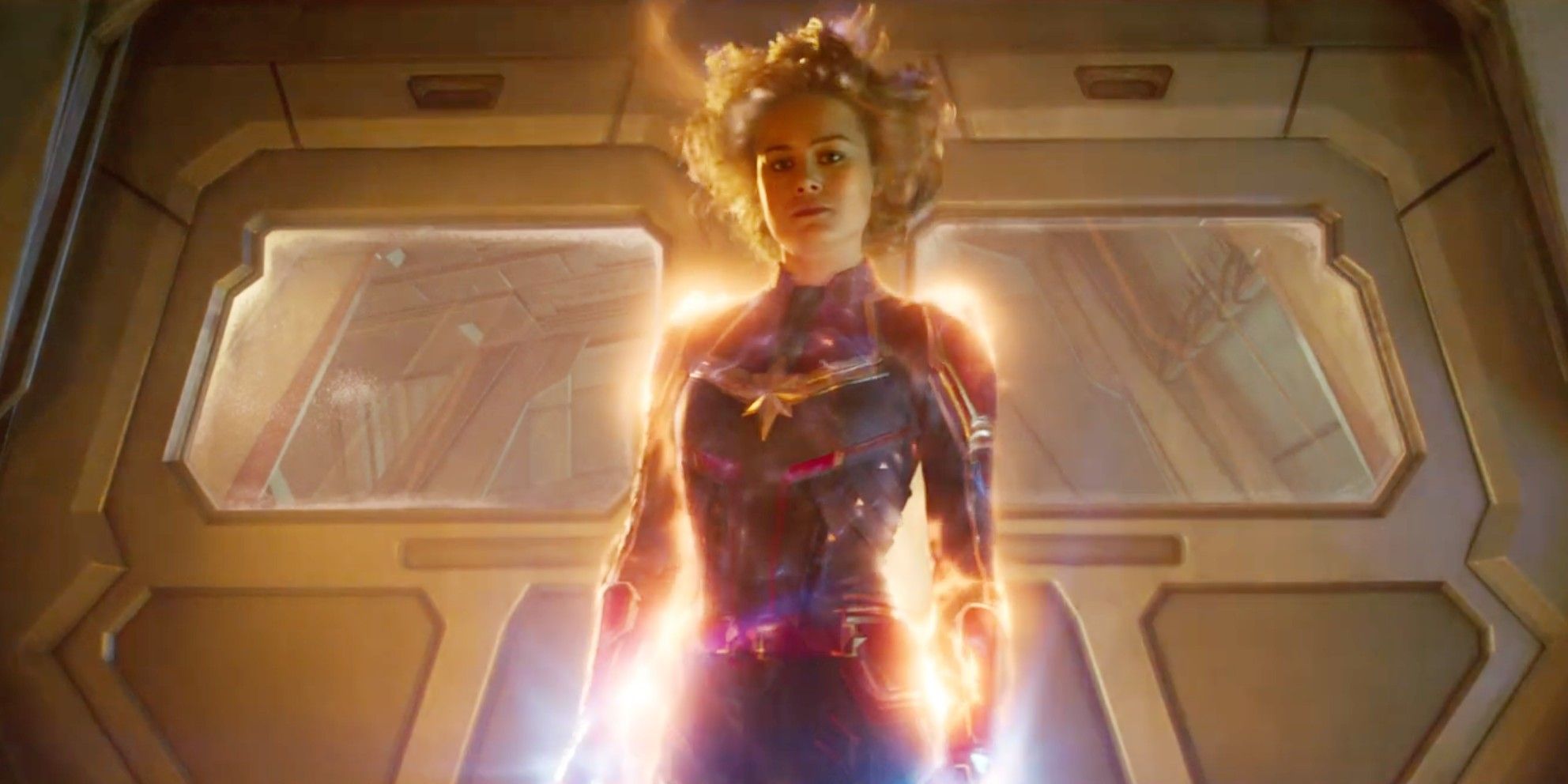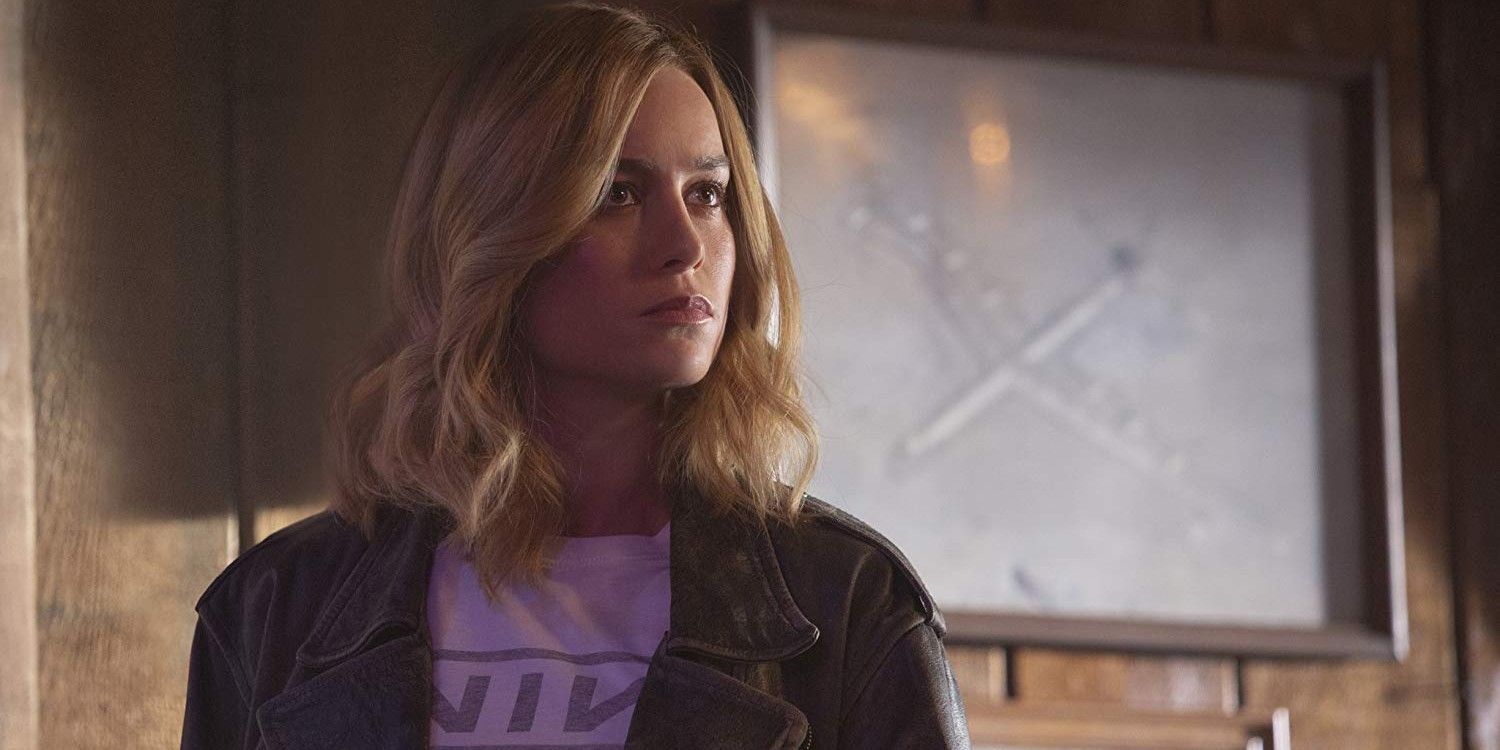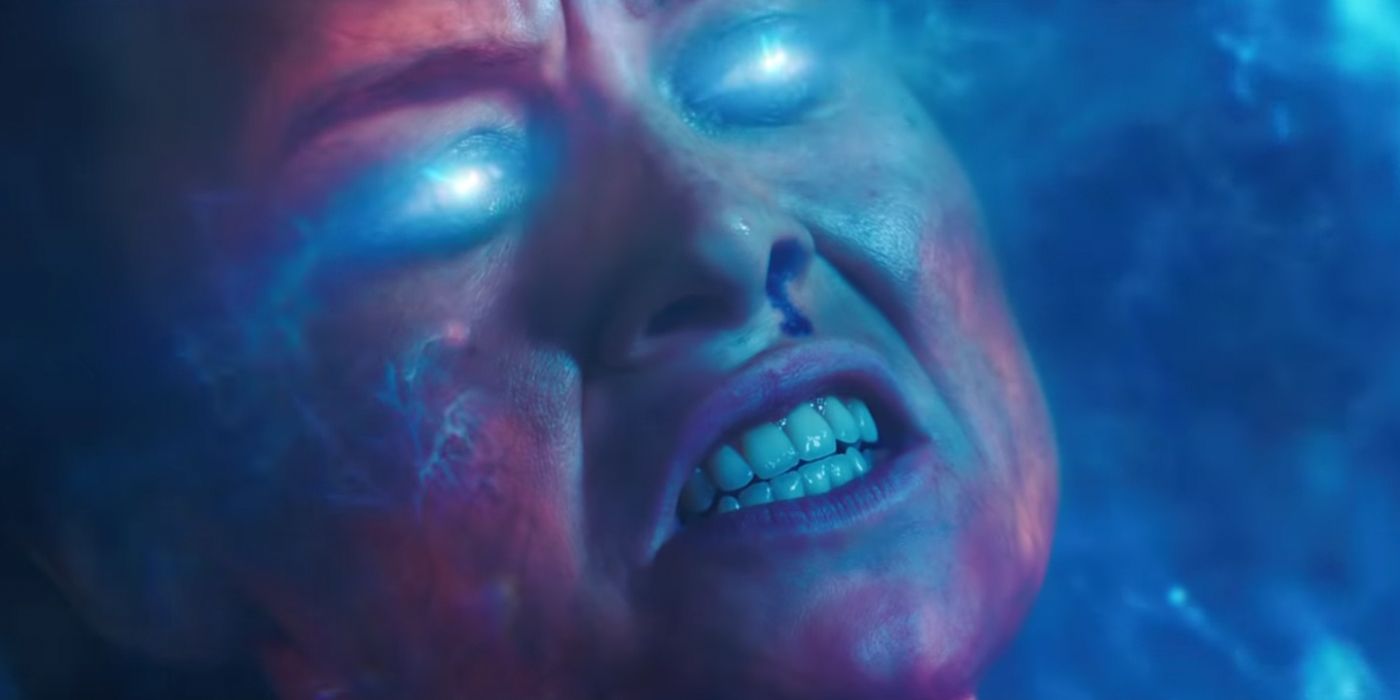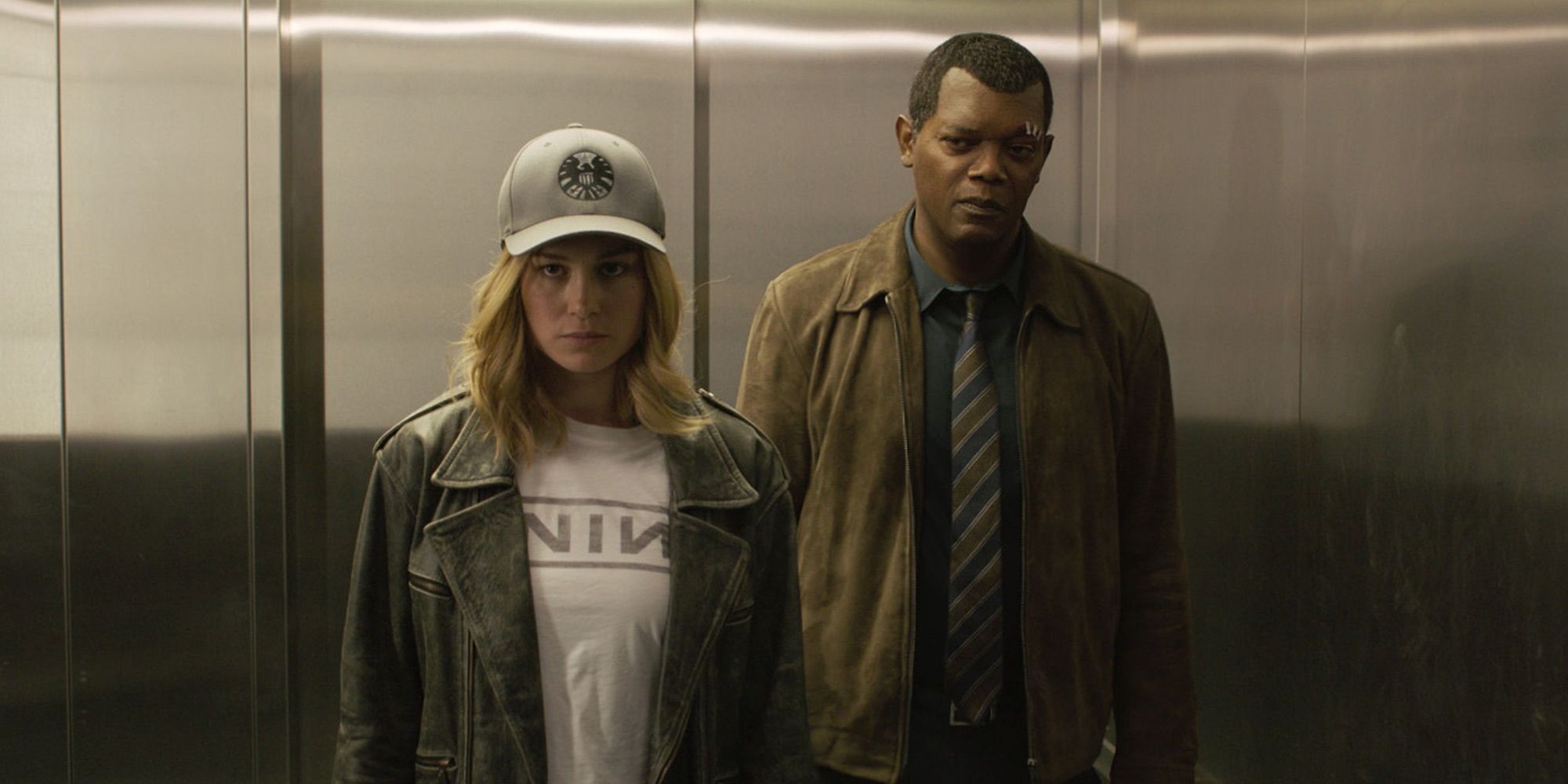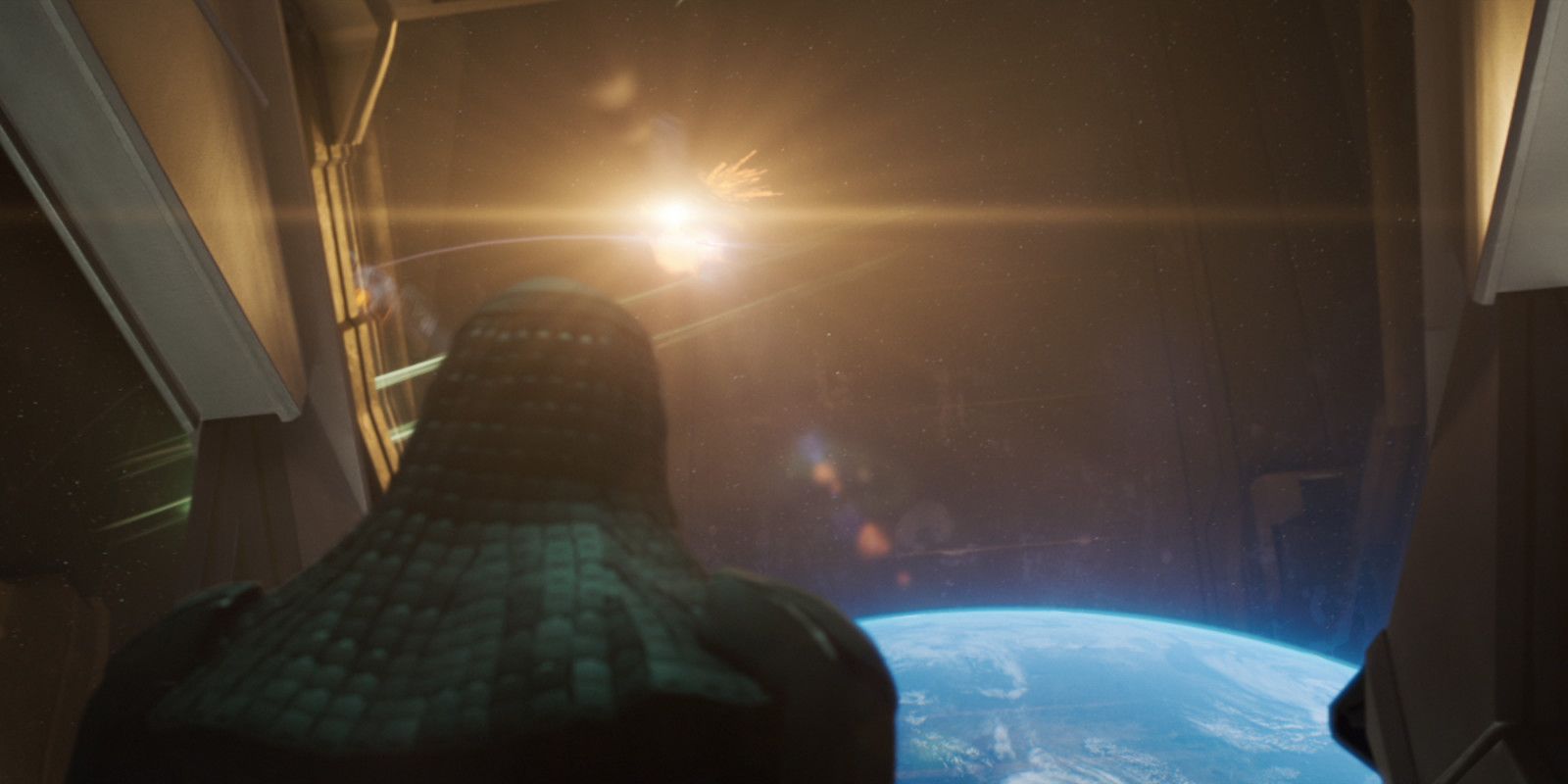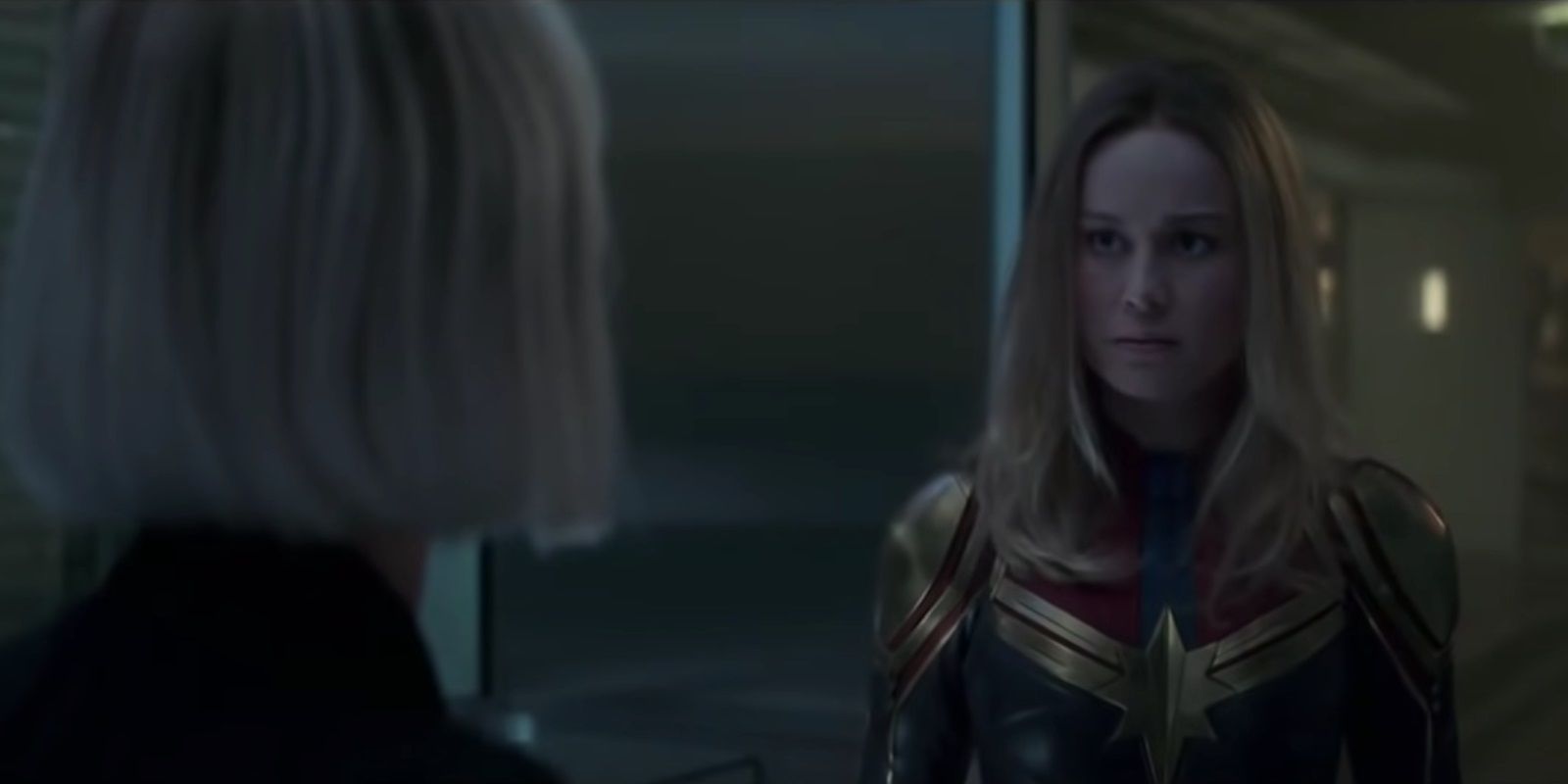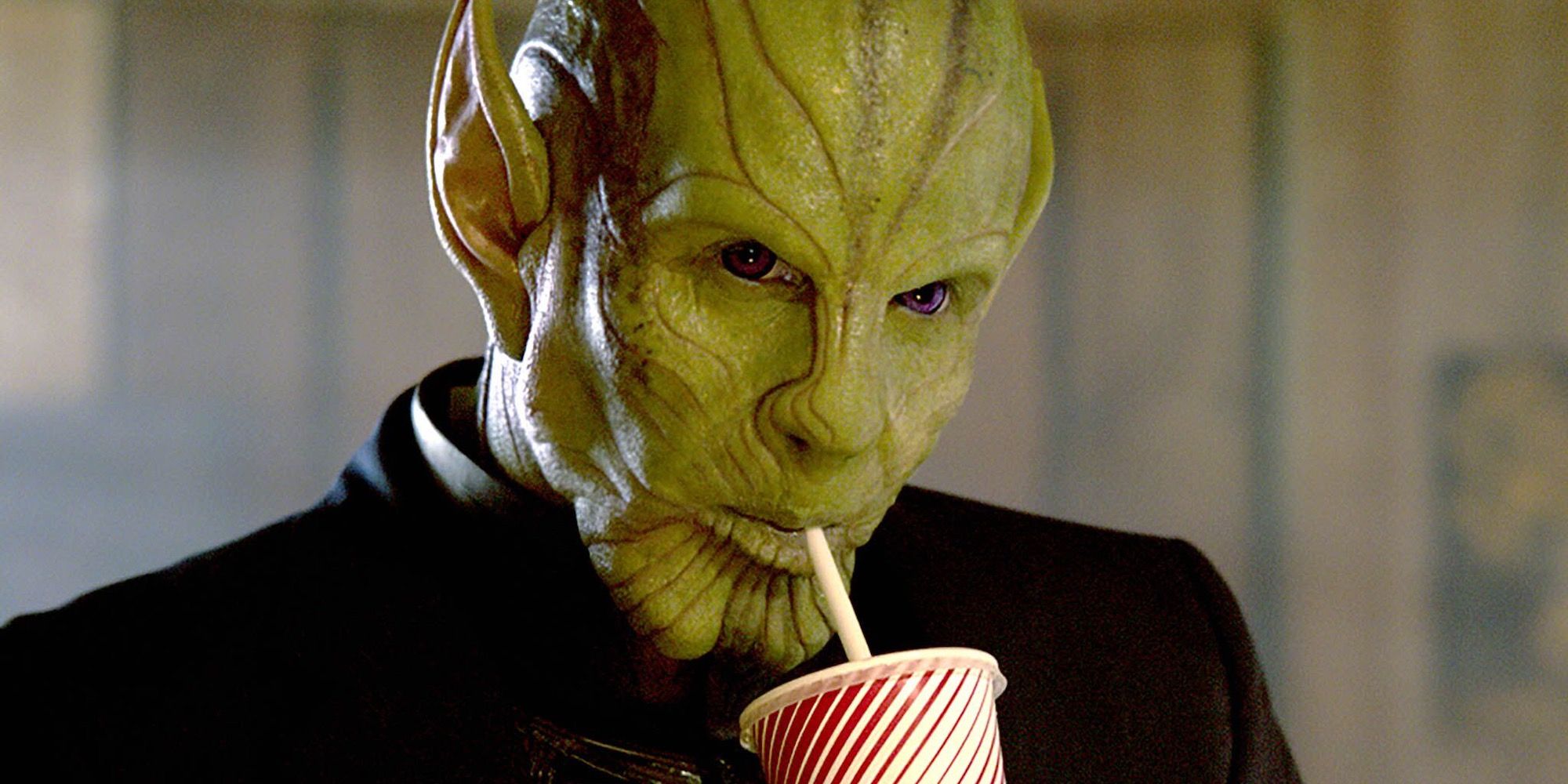When Captain Marvel hit theaters more than a decade into the MCU’s run, the franchise’s episodic story formula was well-established. Most Marvel origin movies hit the same familiar beats, leading to criticisms of a cookie-cutter approach. But directors Anna Boden and Ryan Fleck went out of their way to break away from that formula and subvert the audience’s expectations in Captain Marvel.
In many ways, Captain Marvel is a traditional MCU superhero blockbuster. But it also upends a few of the conventions with nonlinear storytelling, a 1990s setting, and, for the first time in the MCU, a female lead.
Nonlinear Storytelling
Most MCU movies follow a linear structure. The hero has no powers, then they acquire their powers, then they learn how to harness those powers, then they use those powers to defeat the villain. Captain Marvel has a lot more fun with its story timeline. It opens in media res with Carol Danvers fighting for the Kree Empire under the tutelage of Yon-Rogg.
Throughout the movie, Carol’s backstory gradually unfolds. She learns that she was a fighter pilot on Earth who was imbued with cosmic energy from the Space Stone. In a sea of conventional superhero origin movies, the out-of-order narrative of Captain Marvel made it feel fresh.
Female Lead
The cast of the MCU is quickly becoming more diverse in Phase Four, but it took the franchise a while to get there. It was a decade before a superhero of color got their own movie and even longer before a female superhero got their own movie. Captain Marvel was the first female-led solo movie in the MCU.
The movie made up for 11 years of women being relegated to supporting roles with a fierce performance by Brie Larson and an inspirational message of female empowerment.
1990s Setting
Most MCU movies take place in the modern day. Captain America: The First Avenger is set during World War II, but it ends with Steve Rogers being frozen in an iceberg and thawed out in the 21st century. Ant-Man and Guardians of the Galaxy both open with flashbacks to the 1980s, but the rest of their runtimes are set in the present.
With its 1995 setting alone, Captain Marvel is an MCU movie like no other. The movie is full of ‘90s-era cultural references, from a Nine Inch Nails t-shirt to a Blockbuster Video franchise to songs by Nirvana, Garbage, and R.E.M. on the soundtrack.
The Hero Doesn’t Remember Her Origin Story
From Tony Stark to Steve Rogers, most of Earth’s Mightiest Heroes have vivid recollections of the events that changed their lives. Tony is traumatized by his time in the cave, while Steve longs for the historical era – and the love interest – he left behind when he went into the ice.
But Carol Danvers doesn’t remember where her superpowers came from. Throughout the movie, she pieces together her own backstory based on hints from government reports and Skrulls poking around inside her brain.
Buddy Dynamic
Every MCU hero has a best friend – Tony has Rhodey, Steve has Bucky, Peter has Ned, Strange has Wong, Scott has Luis, the list goes on – but Captain Marvel is the first MCU movie that feels like a buddy movie.
Carol’s best friend is Maria Rambeau, but her partner in the movie is Nick Fury. Carol and Fury develop a sort of “buddy cop” dynamic as they investigate the U.S. government’s relationship with alien visitors.
One-Sided Final Battle
Like most MCU movies, Captain Marvel culminates in a big climactic battle sequence. Winning these battles is usually an insurmountable challenge that the hero is barely able to overcome. Iron Man has to take a nuke through a wormhole into outer space or Captain America has to crash a plane into an iceberg or the Guardians of the Galaxy have to share the immense power of an Infinity Stone.
But in Captain Marvel, the final battle is hardly even an obstacle for the titular superhero. When Ronan arrives to invade Earth, Carol effortlessly decimates his fleet and sends the survivors running for their lives. It detracts from the dramatic conflict of the story, but this effortless defeat is undeniably empowering.
Mid-Credits Time Jump
Marvel’s credits scenes usually follow on directly from their attached movies – Clea invites a three-eyed Doctor Strange to the Dark Dimension or Nick Fury pages Carol Danvers as Thanos turns him to dust – but Captain Marvel’s mid-credits sequence jumps forward more than two decades.
This scene pays off the Captain Marvel pager tease from the end of Infinity War. As the Avengers keep an eye on Fury’s pager at their upstate facility, Carol arrives asking after him, setting up her then-upcoming role in Endgame.
The Heroes Are Actually The Villains (And Vice Versa)
Traditionally, Skrulls are depicted as an evil species. But the MCU’s Skrulls are much more nuanced than that. Like human beings, there are some good ones and some bad ones. Captain Marvel pulls off this twist reveal spectacularly. The opening scenes introduce a war between the Kree and the Skrulls from the Kree Empire’s perspective.
Naturally, the Kree are presented as the good guys and the Skrulls are presented as the bad guys. But, later in the movie, the Skrulls turn out to be innocent refugees seeking a new home, while the Kree turn out to be authoritarian colonizers.

